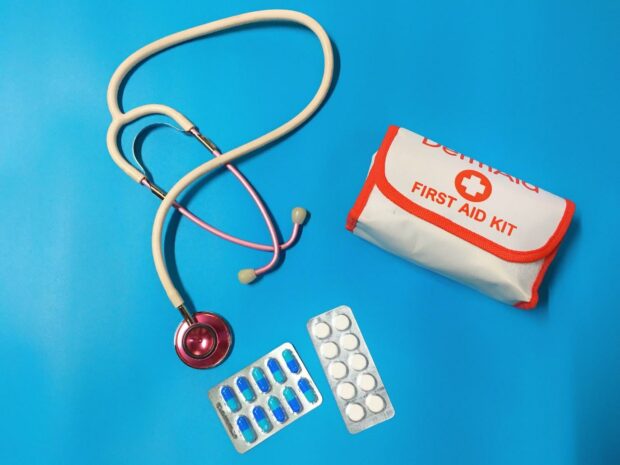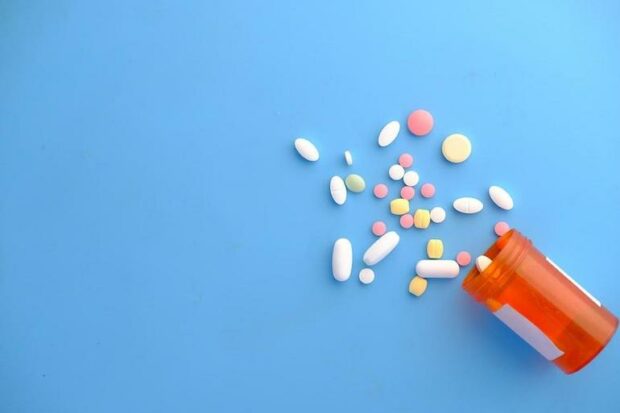First Aid Kit Checklist for Mountain Bikers
Mountain biking is an exhilarating outdoor activity that allows riders to explore the beauty of nature while testing their physical limits. However, the thrill of this sport also comes with inherent risks. Accidents and injuries can occur unexpectedly, making it crucial for mountain bikers to be prepared for any mishap that may arise. Carrying a well-equipped first aid kit is an essential part of your safety gear. In this article, we present a comprehensive first aid kit checklist for mountain bikers, ensuring you have the necessary supplies to handle common biking injuries and emergencies.

Bandages and Dressings
The first category in your first aid kit should include an assortment of bandages and dressings to handle various wounds and cuts that are common in mountain biking accidents. Consider including the following items:
- Adhesive bandages (assorted sizes) to cover small cuts and abrasions.
- Sterile gauze pads for larger wounds that require coverage.
- Elastic bandages provide support for sprains or strains.
- Adhesive tape to secure dressings and bandages in place.
- Sterile wound-closure strips for closing small lacerations.
- Antiseptic wipes or solutions to clean the wounds and prevent infection.
Wound Cleaning and Disinfection
Maintaining proper hygiene and cleaning wounds promptly is essential to prevent infection. You can visit this website as it provides a convenient and reliable option for purchasing a first aid kit. Pack the following items in your first aid kit to ensure effective wound cleaning:
- Sterile saline solution to flush out debris from wounds.
- Antiseptic wipes or solution to disinfect the affected area.
- Hydrogen peroxide, which can be used as an antiseptic.
- Disposable gloves to protect yourself while treating the injured person.
- Cotton balls or swabs to clean wounds and apply antiseptics.
Medications and Ointments
Including a selection of over-the-counter medications and ointments can help alleviate pain and treat minor injuries on the spot. Consider including the following items:
- Pain relievers such as ibuprofen or acetaminophen to relieve pain and reduce inflammation.
- Antihistamines to treat allergic reactions caused by insect bites or contact with plants.
- Antidiarrheal medication to address gastrointestinal issues.
- Anti-inflammatory ointment to soothe muscle aches and joint pain.
- Anti fungal cream to treat fungal infections that may occur due to prolonged exposure to moisture.
- Hydrocortisone cream to alleviate itching and rashes caused by contact with irritants.
Emergency Tools and Equipment
Being prepared for unforeseen emergencies is crucial when venturing into remote areas. Ensure your first aid kit contains the following tools and equipment:
- Scissors for cutting clothing or medical tape.
- Tweezers to remove splinters or foreign objects from the skin.
- Disposable CPR faces mask to provide protection while performing CPR.
- Emergency blanket to provide warmth and shelter in case of an extended stay outdoors.
- Whistle to attract attention and signal for help.
- Multi-tool or Swiss Army knife, which can serve multiple purposes.
- Small flashlight with extra batteries for visibility during nighttime emergencies.
- Space blanket to provide insulation and reflect body heat.
Personal Protective Equipment (PPE)
Personal protective equipment is essential for both the safety of the injured person and the person administering aid. Include the following PPE in your first aid kit:
- Disposable gloves (non-latex) to protect against blood borne pathogens and maintain hygiene.
- CPR face mask to provide a barrier while performing mouth-to-mouth resuscitation.
- Eye protection such as goggles or safety glasses to shield against debris or splashes.

Miscellaneous Supplies
Certain additional supplies can come in handy in specific situations or emergencies. Consider including the following miscellaneous items in your first aid kit:
- Instant cold packs to reduce swelling and relieve pain from sprains or strains.
- Moleskin or blister pads to protect and cushion areas prone to blisters.
- Safety pins for securing bandages or slings.
- Insect repellent to ward off mosquitoes, ticks, and other biting insects.
- Sunscreen to protect against harmful UV rays during prolonged exposure to the sun.
- Emergency contact information card containing important phone numbers and medical information.
First Aid Manual
Having a comprehensive first aid manual specific to outdoor activities is invaluable. Include a manual that covers basic first aid procedures and provides guidance for handling injuries commonly encountered during mountain biking. The manual should also include instructions on CPR and other life-saving techniques.
A well-prepared first aid kit is an indispensable companion for every mountain biker. It ensures that you are equipped to handle injuries and emergencies promptly and effectively, providing peace of mind while exploring the trails. By following this comprehensive first aid kit checklist, you can be prepared for the unexpected and confidently enjoy your mountain biking adventures, knowing that you are ready to face any challenges that come your way. Remember, your safety is in your hands, so never leave home without your trusty first aid kit. Happy biking!
